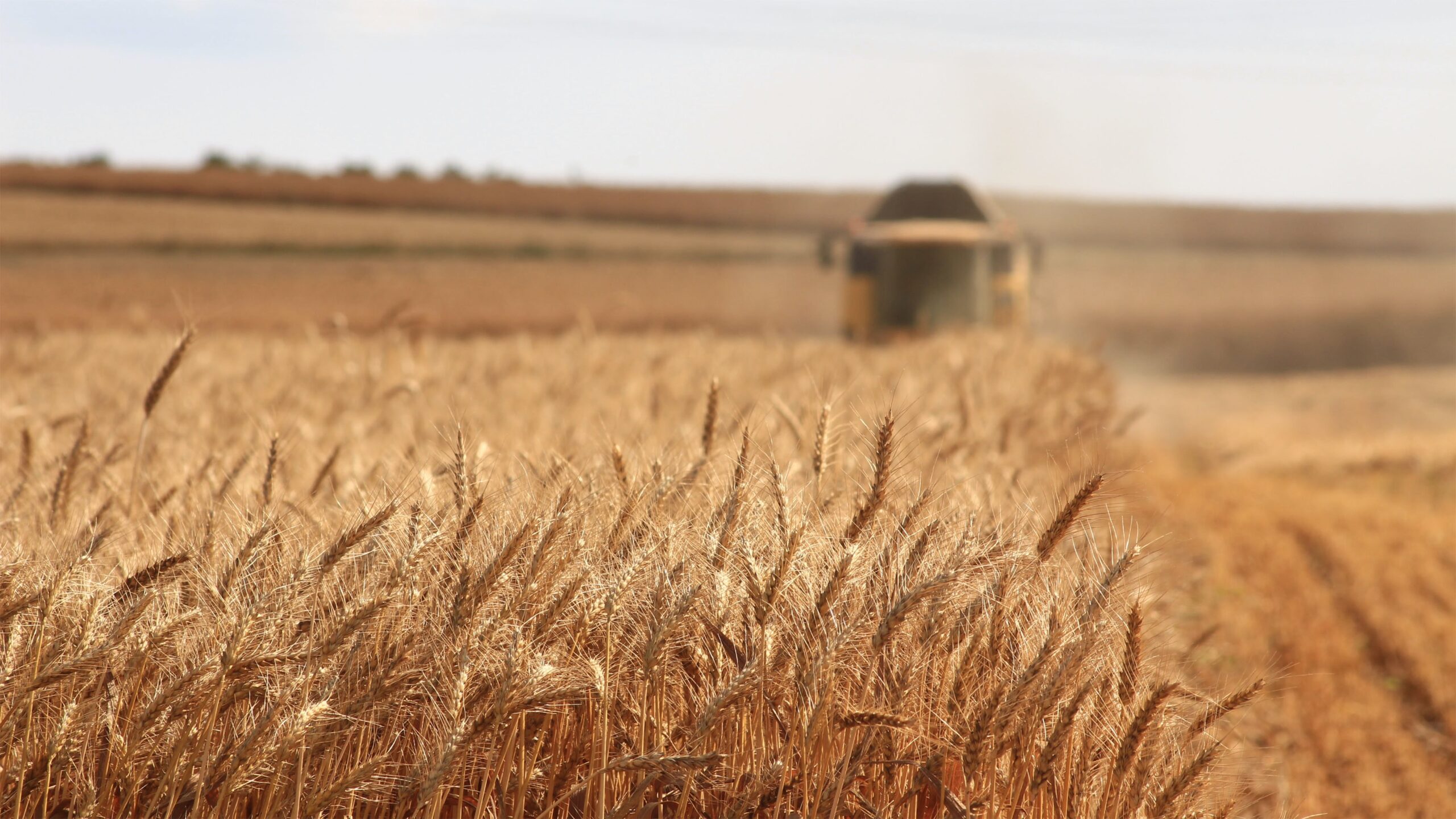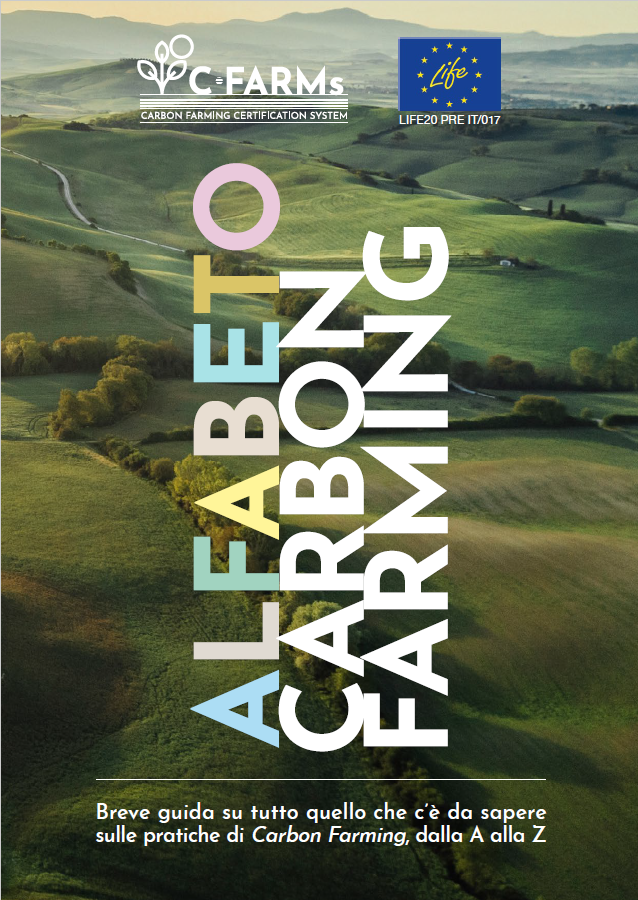One of the activities under the LIFE C-FARMs project is the demonstration, at farm and regional levels, of Carbon Farming practices. The action is coordinated by Confagricoltura that is here answering our questions.
Which activities Confagricoltura is carrying out on climate and energy policies?
We follow the evolution of the regulatory framework on climate change, greenhouse gas emissions and energy production from renewable sources. We are currently following the proposed Regulation on Carbon farming at European level.
How was the work of selecting farms to assess the feasibility of the proposed certification system development?
Based on the previous project actions, we selected eight farms (four arable farms, two farms with arable lands and livestock, two farms with poplar plantations) whose carbon farming practices is in use; we analyzed and assessed the potential for carbon mitigation by assuming the introduction of additional carbon farming practices and referring to emission data from bibliography (emission reductions associated with individual practices as highlighted in one of the previous actions). In addition, through the GIS-Farms tool, we have simulated carbon trends over time for some crops, following their changes, such as switching from conventional farming to an organic production system.
Are there any critical issues that were found for this action?
To determine the potential mitigation of a Carbon farming practice is not easy to do. We currently base our estimations on some approximations that also characterize the C-FARMs methodology, due to the limited availability of data from the bibliography and varying climatic, edaphic and agronomic factors.
What were the last steps for this action?
The last step of the action was the comparative analysis of the economic impact connected to the introduction in the sample farms of sustainable practices, conducted through access to economic information collected from the Farm accountancy data network database (FADN) to which all farms are registered, and taking into account the presence or absence of CAP aid. This analysis made it possible to make an initial assessment of the economic sustainability of the C-FARMs certification scheme, starting with some assumptions about the price of carbon credit and taking into account the cost of adopting the scheme for different more or less complex farm types.
What are the results achieved by the action led by Confagricoltura?
The economic analysis per farm was structured around a comparison of two scenarios: a baseline scenario (situation of the farm in 2021 as represented in the Italian FADN database and considering the information collected in the survey conducted on the sample of farms) and an alternative scenario designed on the recommendations proposed to the farms. It emerged how the transition from conventional agricultural management to a more sustainable one depends closely on the economic impact this will have on the farm: in case of increased production costs or lower income, the analysis showed the need to provide external incentives to support farmers in the transition.
The creation of a carbon credits market associated with removals was also simulated, with different pricing assumptions; an activity that provided an estimate of the possible additional revenues that could be obtained as a result of the farmer joining a hypothetical voluntary carbon market to supplement CAP resources. Interesting results emerged from the analysis of the selected case studies, which revealed encouraging data in terms of scope for improved removals, including on poplar. Even for those farms already practicing conservation agriculture, it is clear that there is room for improvement in soil organic carbon, mainly through the introduction of cover crops and by replacing chemical fertilization with organic soil improvers. However, the introduction of carbon farming practices needs to be evaluated differently depending on the crops being grown: in some, the transition could result in a decrease in gross margin while in others the economic performance could be better. The analysis also showed how another important element in the cost structure of carbon farming is the cost of certification, which is preparatory to accessing the carbon credit market, the cost of which could discourage people from joining the carbon farming system. For these reasons, it is important to consider a pool of carbon farming practices that are environmentally and economically sustainable.



